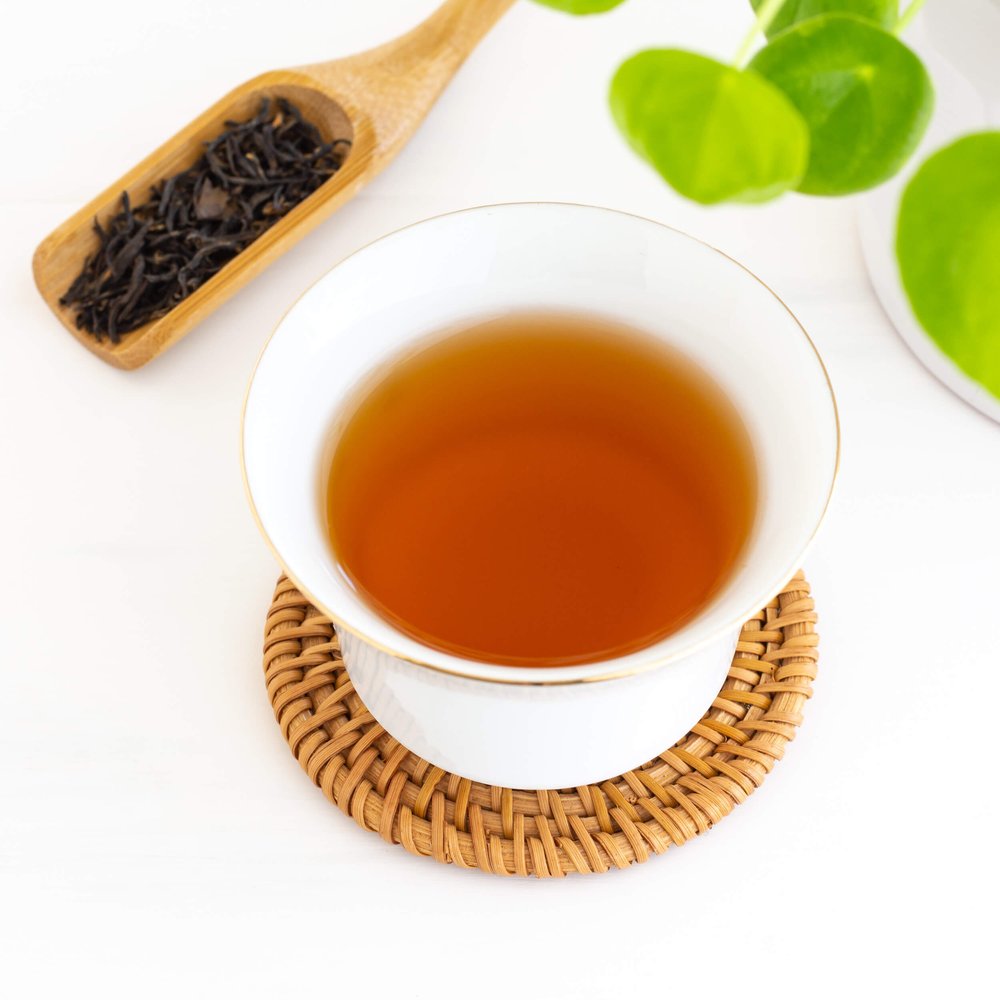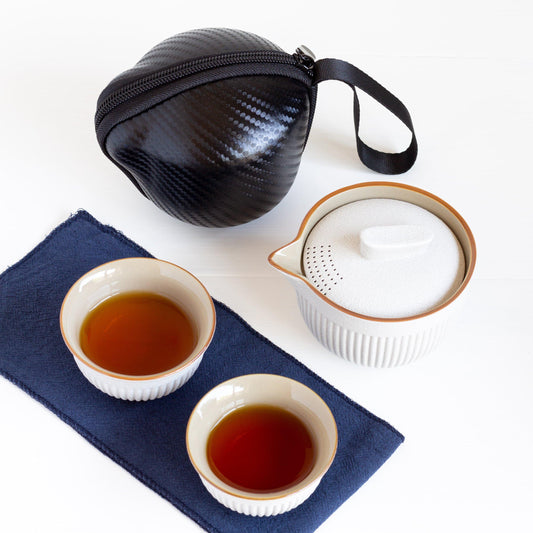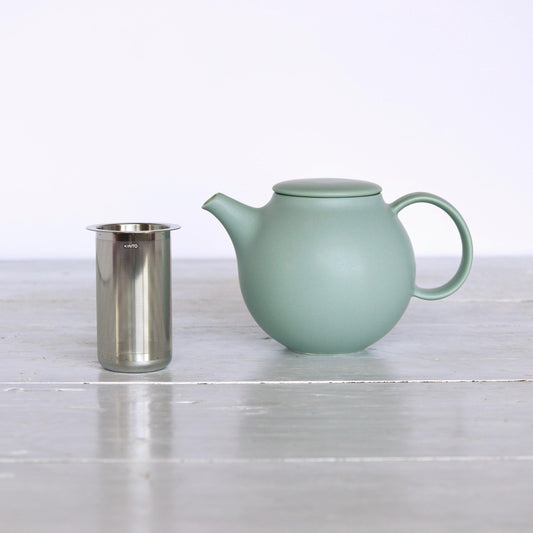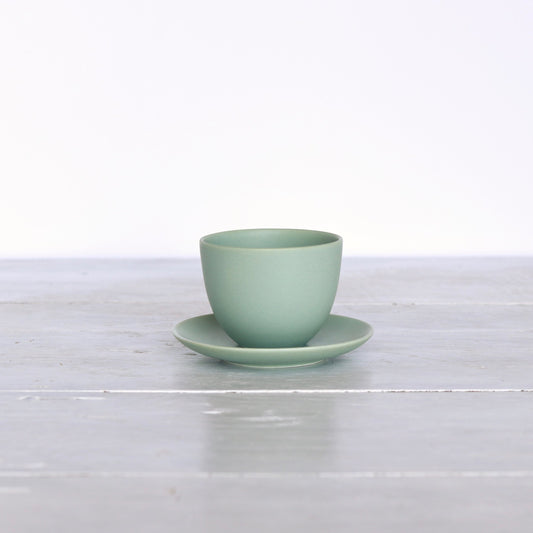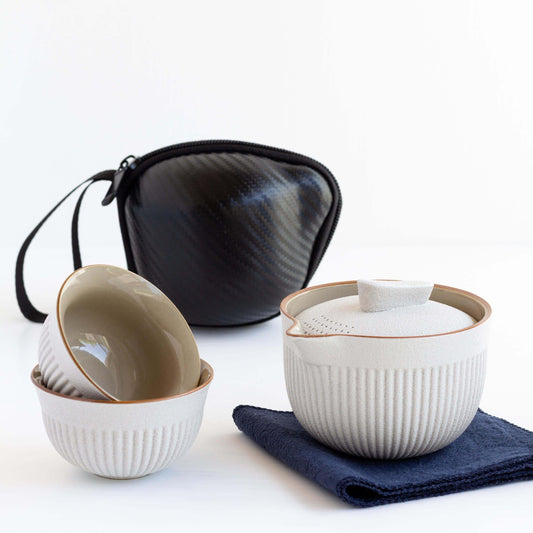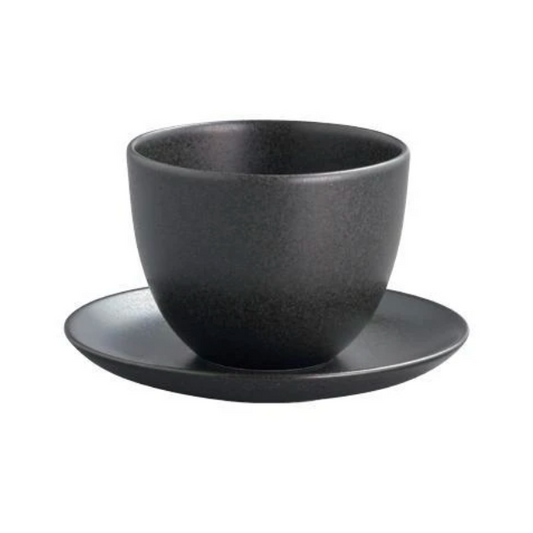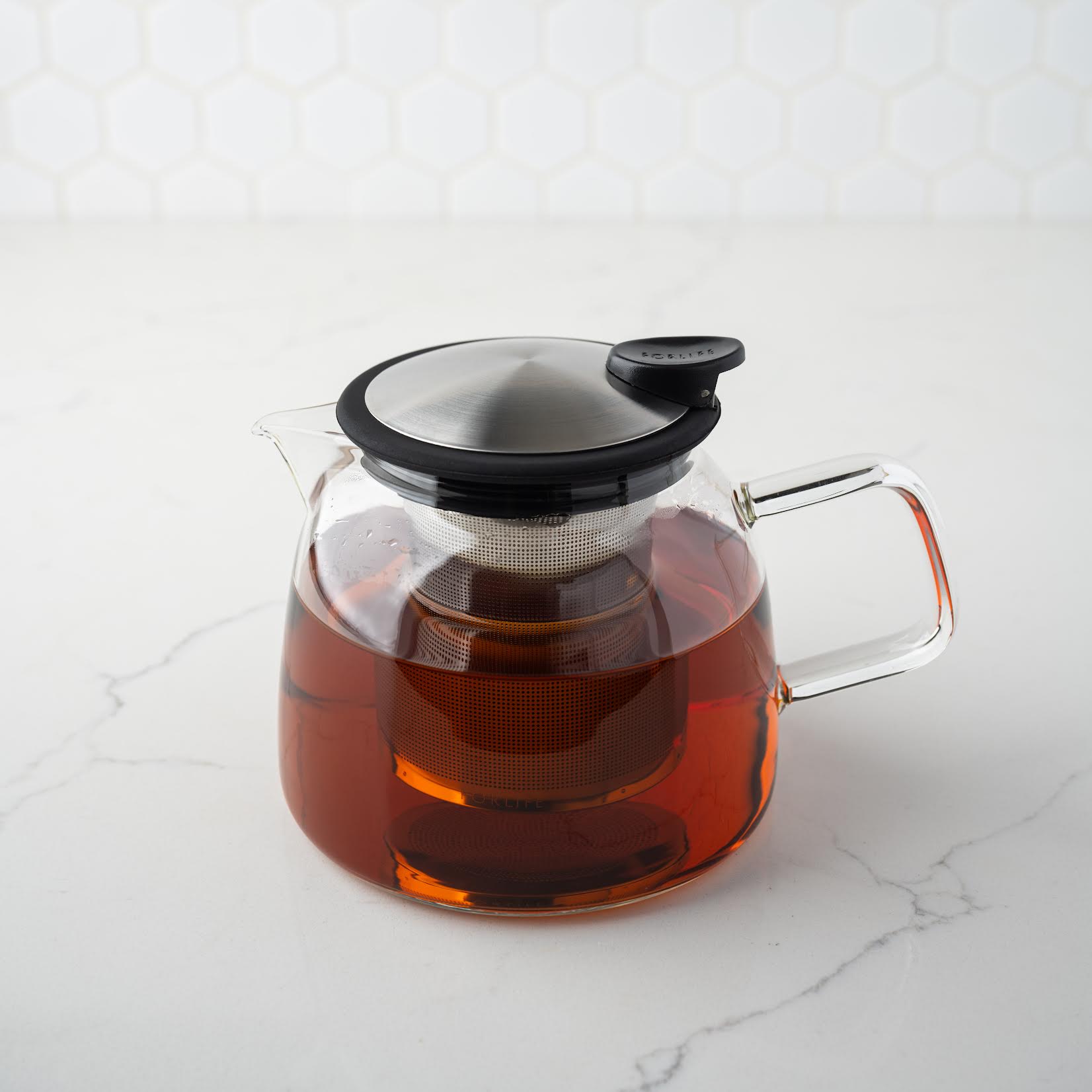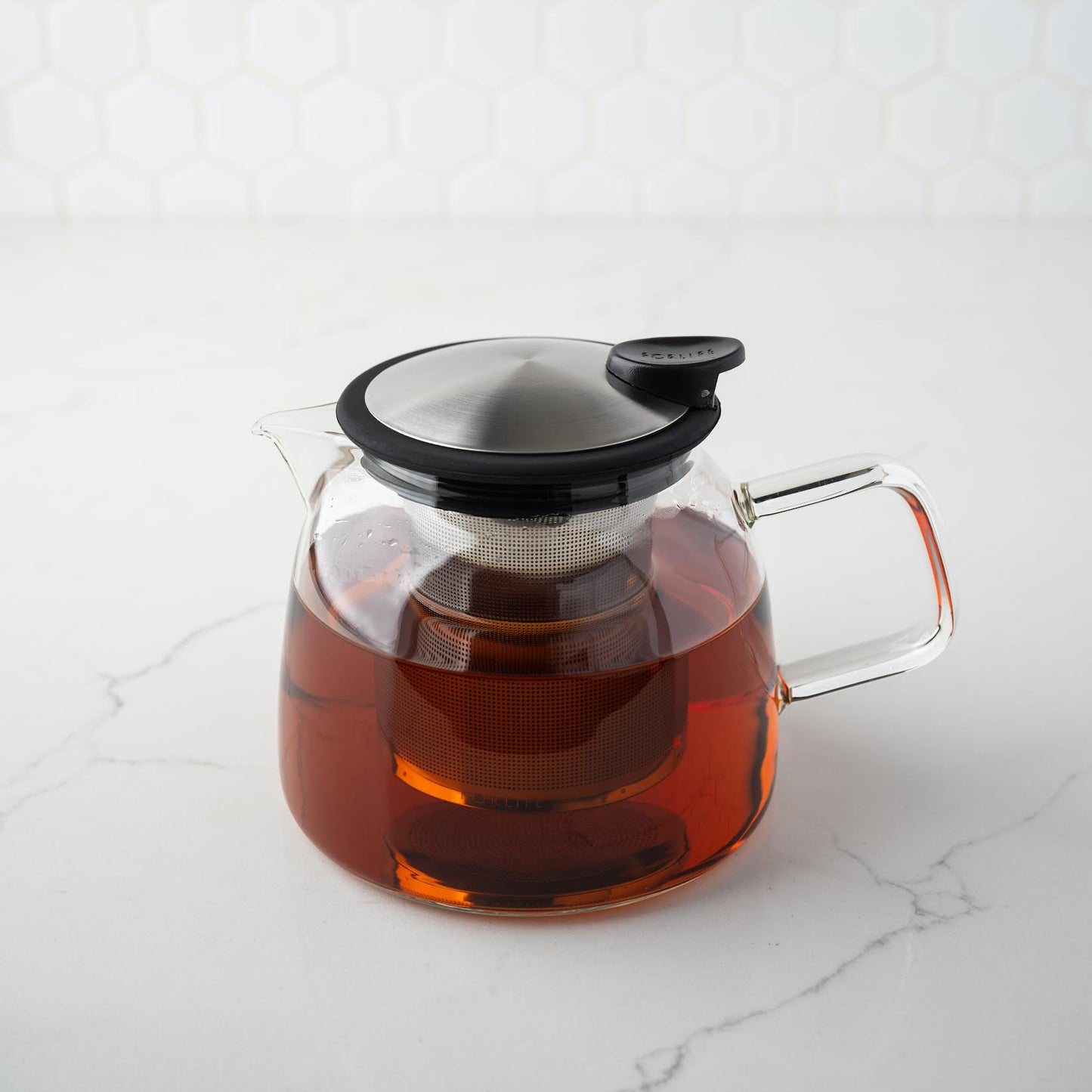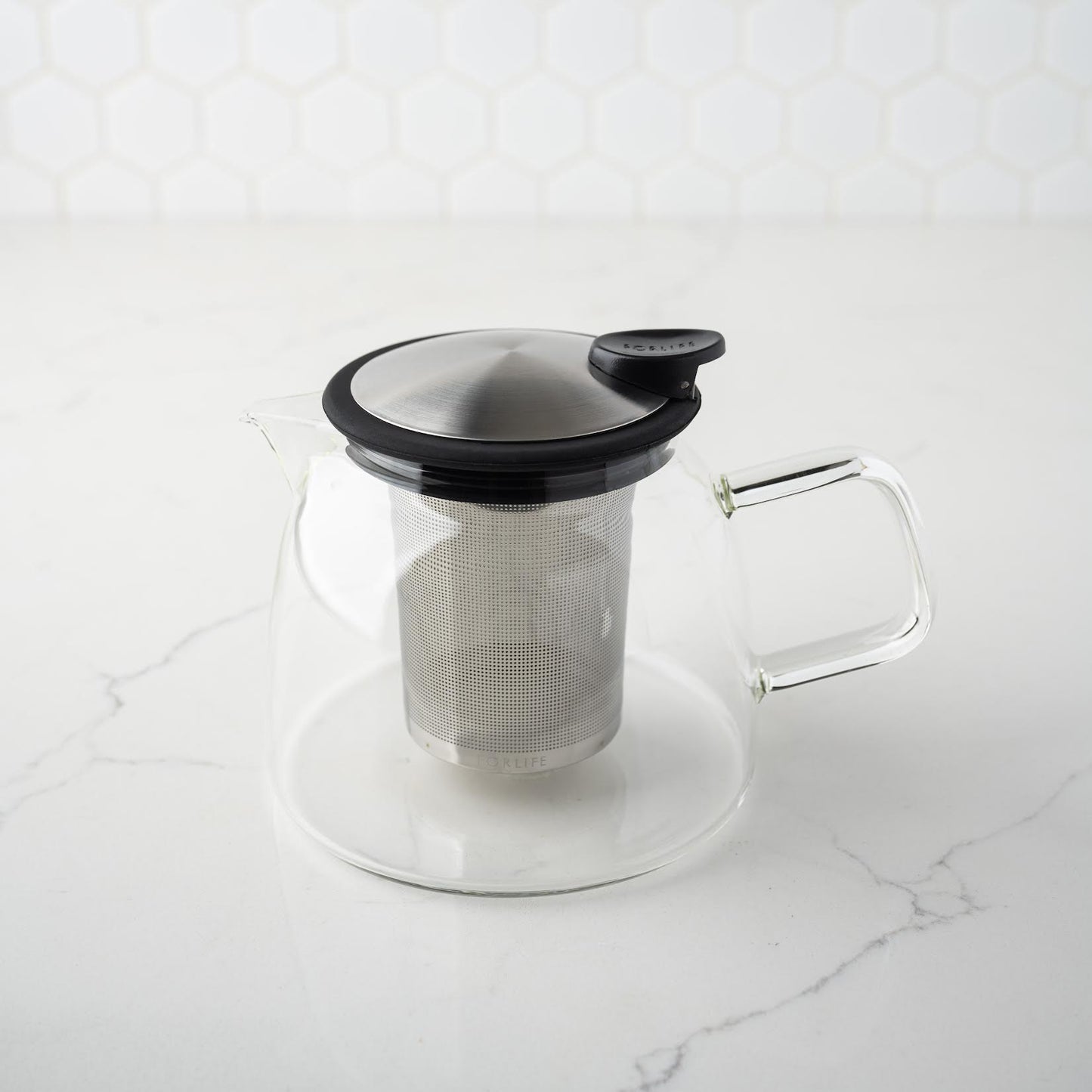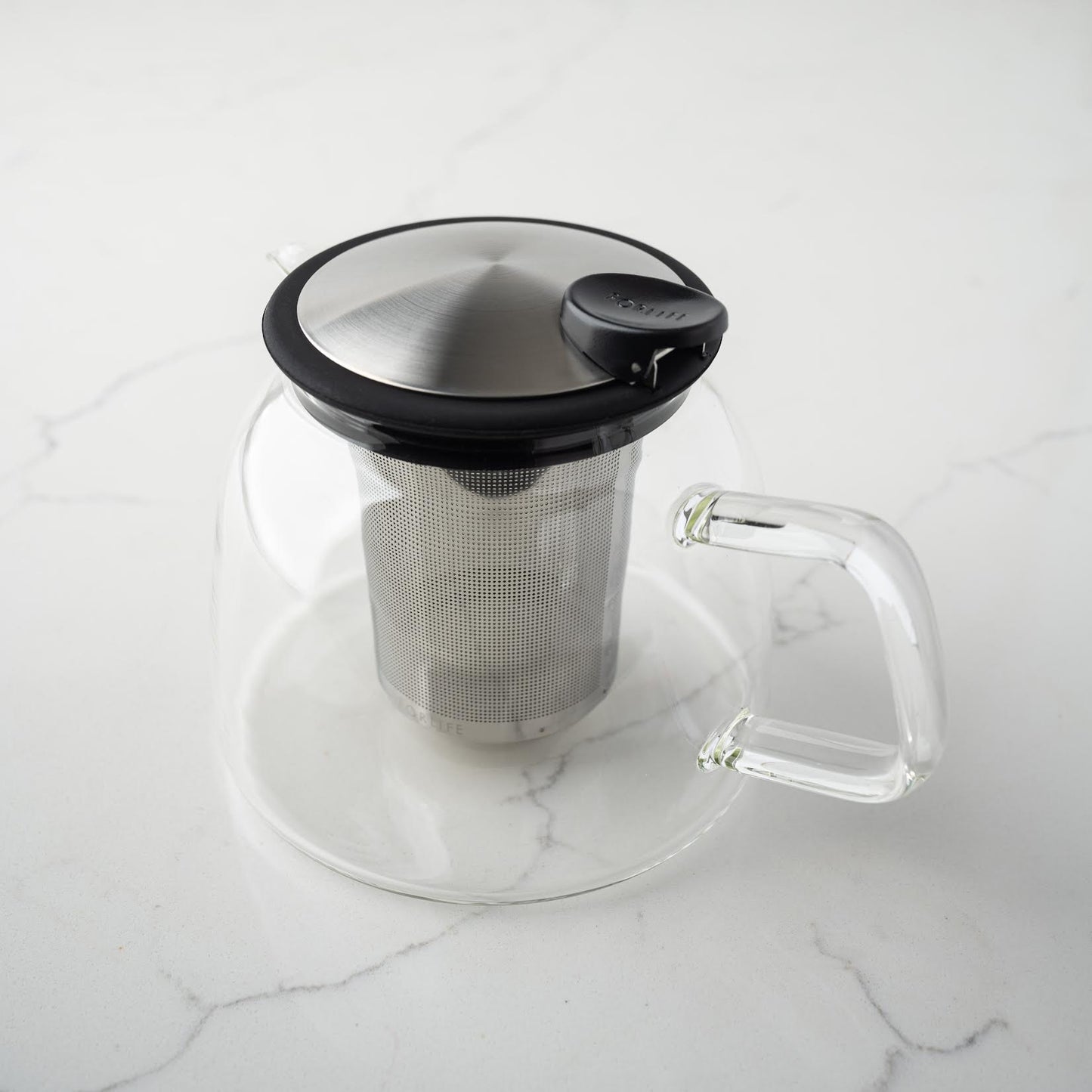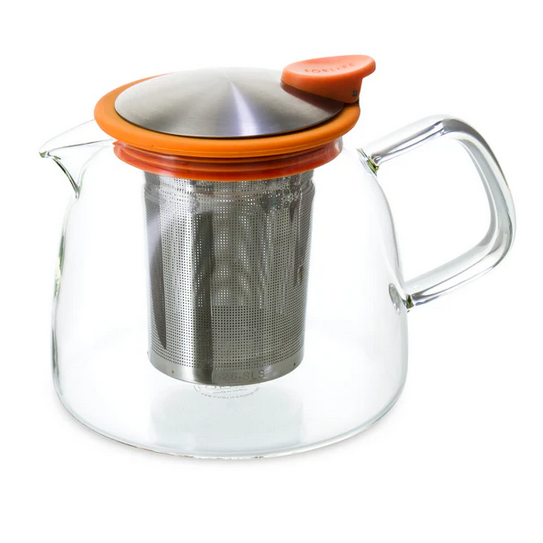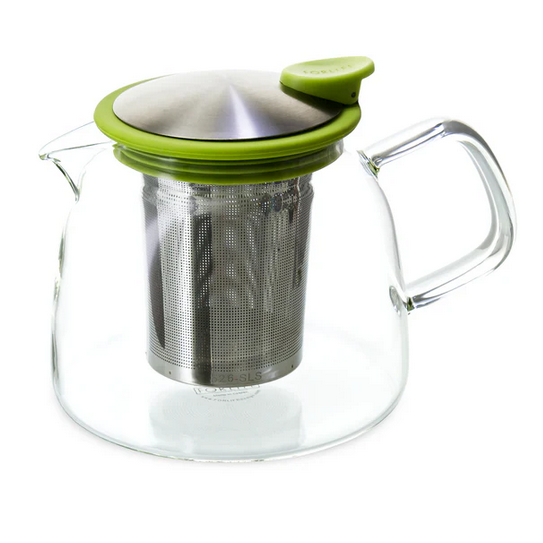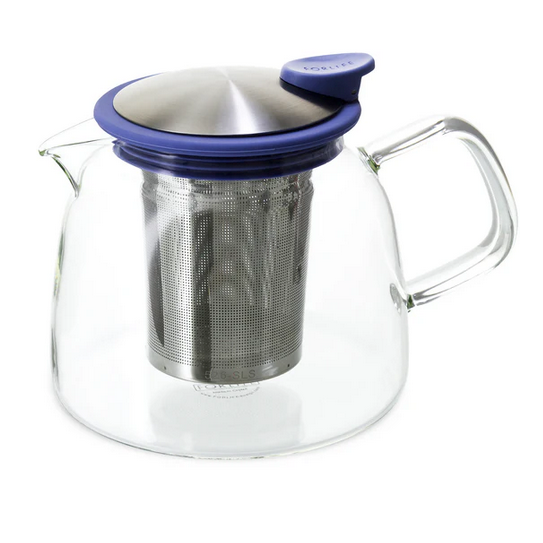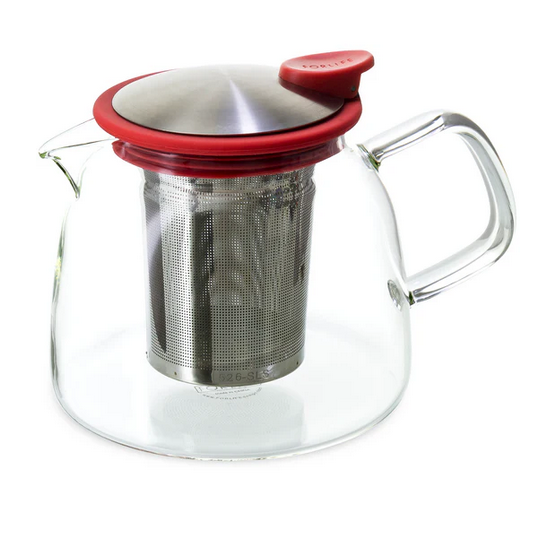How to use a teapot with loose leaf tea
The basics of using a teapot are pretty simple: put tea leaves in your pot, heat up some water, and infuse the leaves until the tea is ready. We’ll break down each of these steps, along with what you should consider when making different types of tea.
1. Heat your water
The first step is to heat your water. The easiest way to do this is by using an electric or stovetop tea kettle. Some kettles have temperature gauges that heat water to a specific temperature, while others just heat the water to boiling.
The water temperature you need will depend on the type of tea you’re making. For example, black teas and herbal teas are usually prepared using boiling water, while more delicate teas like greens and oolongs are prepared using cooler water. If you don’t have a kettle with a temperature sensor, you can just let your water cool down for a few minutes before brewing your tea.
1a. Warm your teapot (optional)
For some teapots, especially pots made of heat-retentive materials like cast iron, it’s recommended that you heat the pot by pouring hot water into the pot and letting it sit for a few moments. Then discard the hot water and prepare your tea as usual.
2. Measure your tea leaves
While your water is heating up, you should measure your tea leaves into your pot. Most modern teapots come with a built-in metal or ceramic infuser—if you pot has one, this is where you should put the leaves. If your pot doesn’t have an infuser, you can spoon the leave directly into the pot.
For most teas, we recommend using about one teaspoon of tea leaves for every six ounces of water in your pot. Our perfect cup tea measuring scoop is a great tool for the job, and helps to ensure that you get the right amount of leaves in your pot.
3. Pour the water and infuse your tea
Once the water has reached the desired temperature, the next step is to infuse the leaves. Depending on the type of tea you’re brewing, your tea may have a steep time of anywhere from one to five minutes or more. Steep time often affects the flavor of your tea, so it’s important to steep your tea for the recommended amount of time for the most flavorful (but not bitter) cup.
3a. Remove your tea leaves
If your teapot has a removable metal or ceramic infuser basket, now is the time to remove it. This helps to prevent the tea from over-steeping and becoming unpleasantly bitter.
4. Enjoy your tea
Pour your tea into a cup or mug of your choice, and enjoy! Depending on the type of tea, you may also want to add milk, honey, or other sweeteners. If you brewed tea in a pot without an infuser, you may want to decant the tea into another pot or vessel to prevent it from becoming too strong.
Choosing a teapot
Not sure which type of teapot is right for you? There are plenty of options to choose from. Some different types of teapots you may want to consider include:
- Glass teapots
- Ceramic teapots
- Cast iron teapots
- Clay teapots
The best teapots for loose leaf tea are easy to use, aesthetically pleasing, and mesh well with your individual style. We tend to recommend teapots that come with built-in infuser baskets because they make it easy to steep your tea for a precise amount of time. You should also take into account the right teapot size when making your selection. If you’re just preparing tea for yourself, a smaller pot might do the trick, while a larger pot might be better for serving family and friends.
Other ways to brew tea
While teapots are a popular option, they’re far from the only way to prepare loose leaf tea. We recommend using a preparation method that will allow the tea leaves to properly expand, since this results in a more flavorful and balanced cup. Alternatives to teapots include:
- Tea filters - Tea filters made from compostable, biodegradable, and sustainably harvested paper are a great option if you prefer the ease and convenience of teabags. They’re also a good choice to take on the go or when traveling.
- Tea infusers - Standalone tea infusers are an easy way to prepare tea if you prefer a single cup or mug of tea at a time.
- Tea infuser mugs - If you’re looking for an all-in-one set for preparing a mug of tea, a ceramic tea infuser mug or glass infuser mug makes tea preparation a breeze. They also make great gifts for the tea lovers in your life!
- Tea tumblers - Glass tea tumblers come with a built-in infuser basket that can be removed when you’re finished brewing your tea. Tea tumblers are great options for commutes, offices, dorms, and more.
FAQs about teapots
How do I prepare tea in a cast iron teapot?
The method to prepare tea in a cast iron teapot involves heating your water, measuring your tea leaves, and steeping your tea. As recommended above, you may want to preheat your cast iron pot using hot water in order to help it retain heat for longer.
How do I prepare tea in a clay teapot?
You can prepare tea in a clay teapot using the above western preparation method. However, clay pots are also often used to prepare tea using the Chinese gongfu cha method, where tea is enjoyed over the course of multiple infusions.
Can you use a teapot on the stove?
You should never use a teapot on the stove. Teapots aren’t designed to be exposed to heating elements; they should only be used for brewing tea. You can used a stovetop kettle or electric kettle to heat your water.
Can I use a teapot with tea bags?
While teapots are primarily designed to be used with loose leaf tea, you can also prepare tea in a teapot using tea bags. Follow the steps listed above, using approximately one teabag for every six ounces of water in your pot.
